Latest NRAO News
News is managed by NRAO News & Public Information. Questions about News? Have a story to share? Want to interview a scientist or create new media about our telescopes?
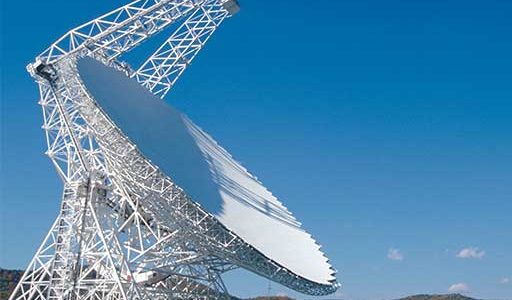
Radio telescopes, including major facilities of the National Science Foundation’s National Radio Astronomy Observatory, have provided data needed to measure the winds encountered by the Huygens spacecraft as it descended through the atmosphere of Saturn’s moon Titan last month — measurements feared lost because of a communication error between Huygens and its mother ship Cassini.

The American Astronomical Society has awarded its prestigious George Van Biesbroeck Prize to Dr Eric Greisen of the National Radio Astronomy Observatory in Socorro, New Mexico.
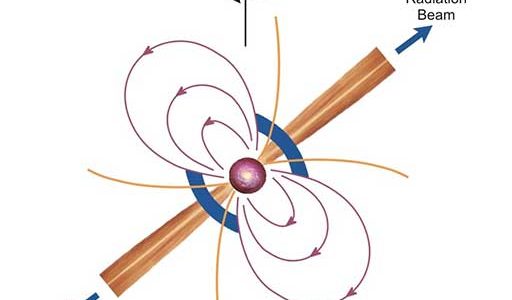
A dense globular star cluster near the center of our Milky Way Galaxy holds a buzzing beehive of rapidly-spinning millisecond pulsars, according to astronomers who discovered 21 new pulsars in the cluster using the National Science Foundation’s 100-meter Green Bank Telescope in West Virginia.
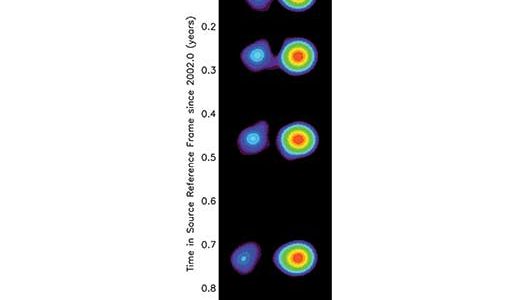
Astronomers using the National Science Foundation’s Very Long Baseline Array have discovered jets of plasma blasted from the cores of distant galaxies at speeds within one-tenth of one percent of the speed of light, placing these plasma jets among the fastest objects yet seen in the Universe.
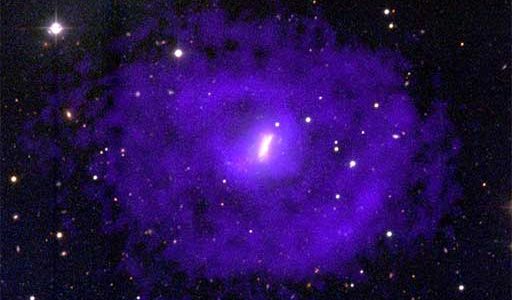
An astronomer studying small irregular galaxies discovered a remarkable feature in one galaxy that may provide key clues to understanding how galaxies form and the relationship between the gas and the stars within galaxies.
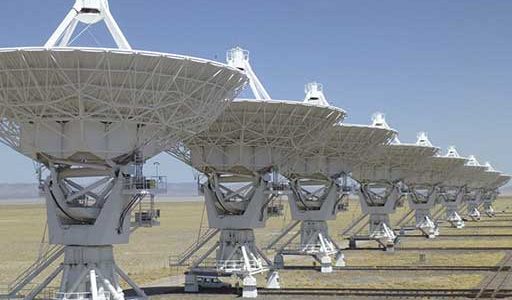
Astronomers have discovered three brown dwarfs — enigmatic objects that are neither stars nor planets — emitting radio waves that scientists cannot explain. The three newly-discovered radio-emitting brown dwarfs were found as part of a systematic study of nearby brown dwarfs using the National Science Foundation’s Very Large Array radio telescope.





